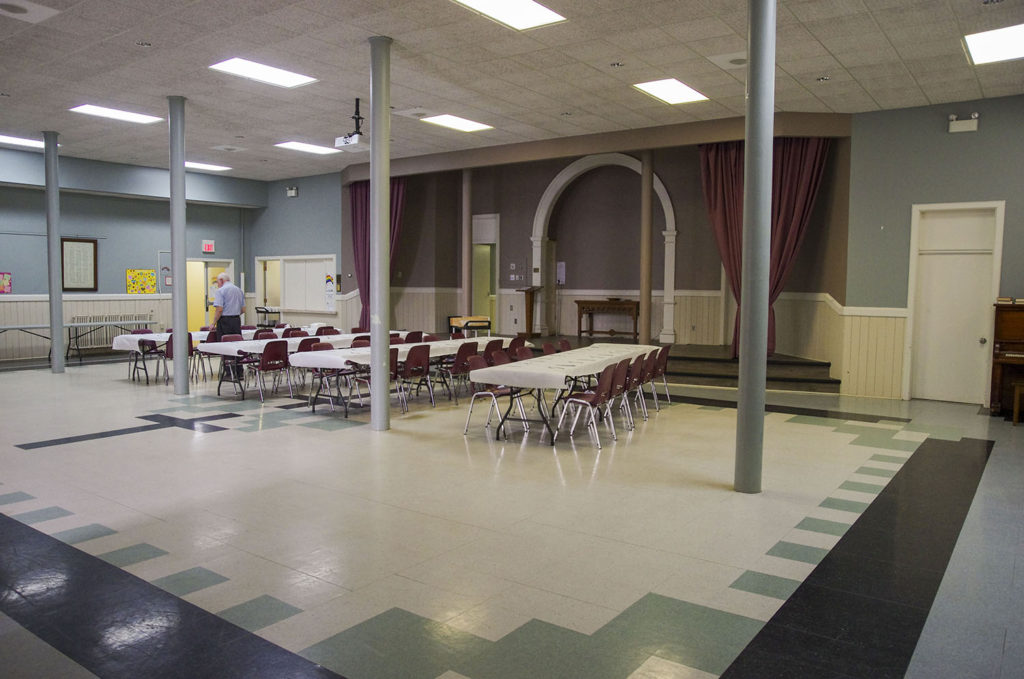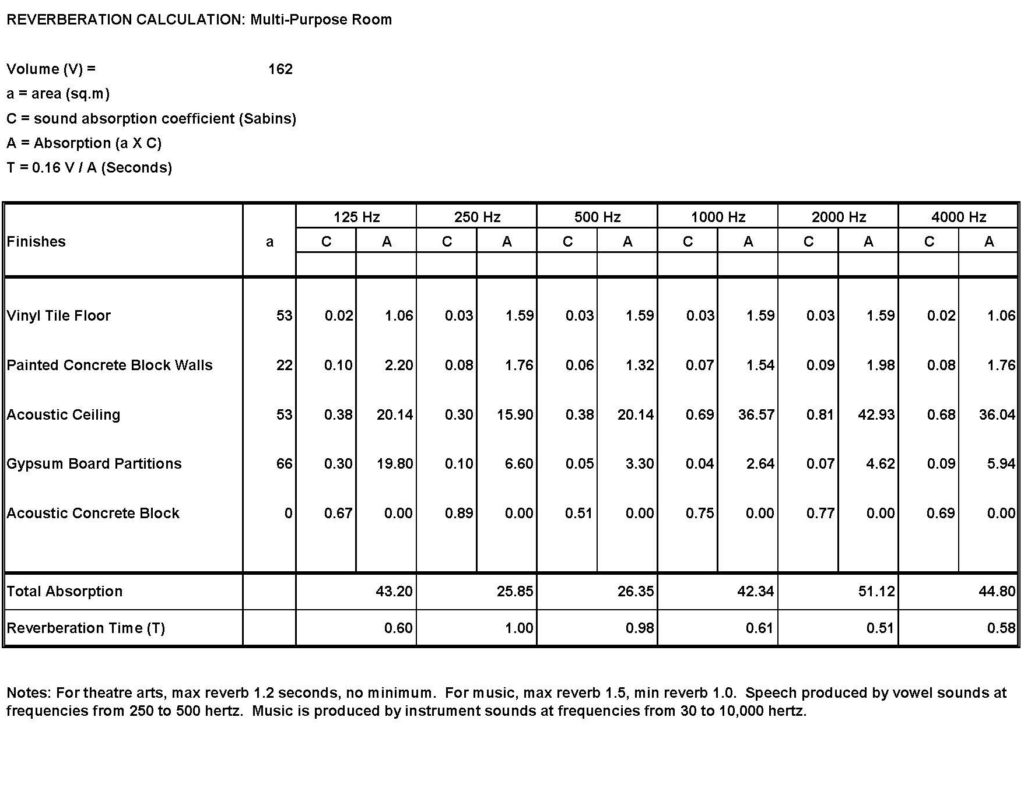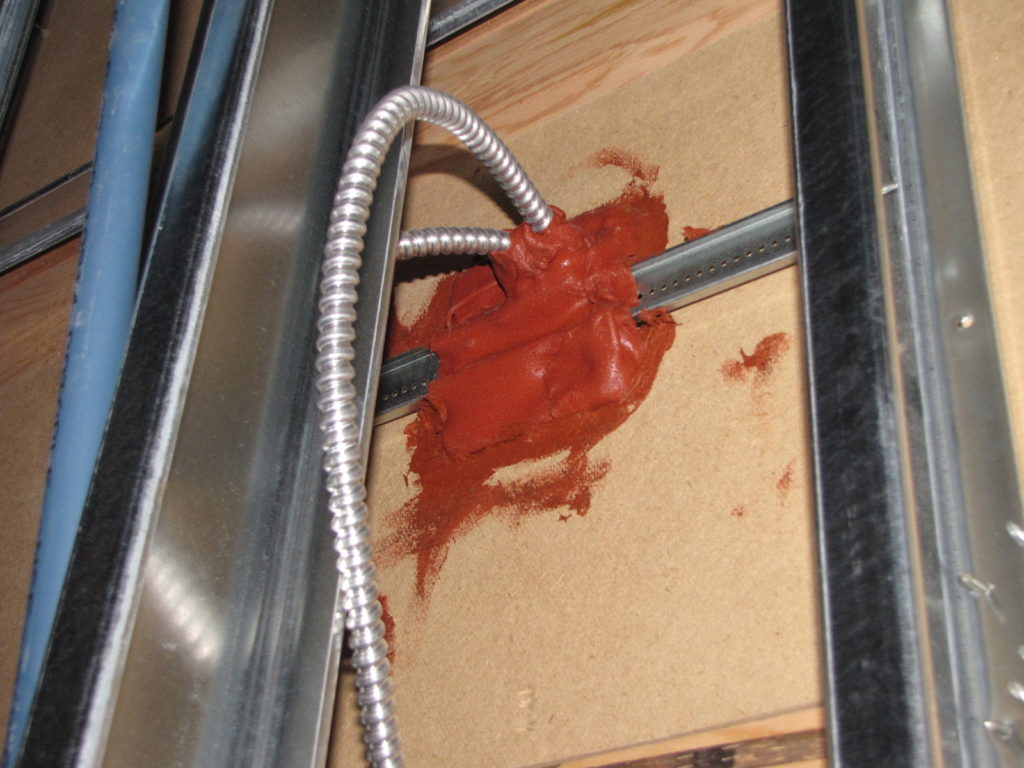Acoustics was a specialty of mine. I can’t say that any other architect that I have met claimed likewise. They probably went out of their way to avoid being so boring.
Typically, acoustics has been very low on the building design totem pole because if you wanted a superlative aural atmosphere you had to pay extra to get it. Funny thing – that made most clients conclude that acoustics wasn’t really all that important.

Photo Credit: Eddie Jim
This, of course, led to a situation where beautiful built environments were often aggravating on the ear … or worse, damaging. In buildings where the acoustic environment is critical, concert halls are a prime example, the acoustic specialists are brought in. And this is very important because the ability to tune an auditorium is a highly complex and expensive technical niche. Unfortunately, this leaves nearly all other building types unassessed in terms of the acoustic environment they impose upon their users or the public.
My foray into acoustical design began very early in my career. The committee of stewards at Gower Street United Church came to me with a problem. The voluminous “Lecture Hall” in the church basement as it turned out was ironically named – almost every word spoken there for about a hundred years was unintelligible unless you had excellent hearing and patience. Often, small meetings there with elderly people were impossible. A twenty minute assembly would go on for hours padded with:
What?
I beg your pardon?
I can’t understand a word.

As one of the founding members of the Gower Street Youth Orchestra (first trombone no less) I was well acquainted with the space. Vinyl tile floors with hard plaster walls and ceilings. Essentially, an echo chamber. Everyone knew this, but in the church’s history no one ever made the acoustic connection. I just shrugged my shoulders. The problem was obvious. But how to solve…
I developed a spreadsheet to model the existing acoustic situation. The Lecture Hall’s reverberation time was a staggering 2.8 seconds. This is the time that any sound created spends bouncing off all the surfaces in a given room before it finally dies away. You have all experienced this. With classical music, reverberation adds beautiful resonance. But in speaking, your first word gets tangled up with your second word, which gets tangled up with your third word, creating an aural mess that is unintelligible, especially for those who are hearing impaired (20% of the population and growing).
In order to make speech or discussion in the Lecture Hall clear and comfortable, I had to redesign the space’s surfaces to get the reverberation time down to less than one second. Going back to the spreadsheet modelling, I found that this could largely be achieved with the installation of a suspended acoustic tile ceiling. Not great aesthetically, but unfortunately, essential to the solution.

So by now you may understand why the proverbial “acoustic tile ceiling” is so ubiquitous. Generally speaking, the thought is that if you have one, acoustic problems may be avoided. This is often the case, but not always. More of that later.
Over the years, word got out, and I was approached by innumerable church and community halls to solve what they generally perceived to be intolerable noise issues.
Spreadsheet analysis is admittedly indicative (as the acoustician will tell you) but it will provide a satisfactory solution in most cases. It is a trial and error analysis where you mathematically install different surface finishes with varying sound absorption properties. Properly interpreting the results comes with experience. With the spoken word, for instance, achieving good results within the octave bands that correspond with the frequency of speech (measured in Hertz) is most important. This range is from about 85 to 255 Hz. Above or below that threshold is not important for a lecture theatre. Obviously, a much broader range of analysis is required for music, and is also dependent upon the genre.

All this is to say that the analysis of reverberation time and speech intelligibility / speech privacy should happen during the design stage but typically never does. Many designers look for that hard, edgy, industrial aesthetic, especially for restaurants and bars, but have no idea that they are creating a horrible aural environment in which to work or visit. Then it becomes a retrofit situation which invariably costs more after the fact.
I referenced cost earlier. Many designers who create office spaces (and certainly any developers who do) defer to the least cost ceiling tile which is mineral fibre. Without getting into a technical discussion on Noise Reduction Coefficient (NRC) or Articulation Class (AC) of ceiling tile products, fiberglass tiles are nominally twice as good as ordinary mineral tiles in terms of their ability to provide a reasonable open plan office environment. Do they get used? Not often. Why? They cost twice as much. (But perhaps only add 0.5% to the total construction budget.)
Looking back at local school design is even more disheartening. Our children are offered terrible tin cans in which to learn. The authorities have no concept of what it takes to provide a good demising wall between classrooms and continue to provide echo chambers for theatre and performance arts. I have implored the Department of Education to adopt the American National Standard for “Acoustical Performance Criteria, Design Requirements, and Guidelines for Schools” (ANSI S12.60-2002). This has fallen on deaf ears. Our politicians and bureaucrats are only interested in lowest cost, not on intangibles that may or may not impact a child’s academic performance. Consider hearing impaired students or those on the autism spectrum.
My most satisfying acoustic design experience emanated from the Fogo Island Inn. Zita Cobb said to me:
“Jim, I want to be able to have a Salvation Army Band rehearse in one room and my guests to sleep comfortably in the next.”
Very expensive construction solutions were ultimately provided. You get what you pay for.

Also, in the design of offshore living quarters – which are essentially steel boxes – the ability to understand evacuation orders in the event of a crisis is more than critical. Your life depends on it. I rest comfortably at night knowing that I did this to the very best of my ability, despite being a lone voice crying in the wilderness.
So now you may understand why there are bars and restaurants in town that, despite an inviting menu and micro-beer, you simply cannot stand to be inside the four walls.
If you’re an owner and consider this to be a problem, it’s likely that a qualified architect can solve this for you in an imaginative and unobtrusive manner.

I’m so grateful that this issue is being recognized! There are many places I won’t return to, because when I’m out with friends I want us to be able to talk and actually hear each other. Restaurants often make things worse by playing intrusively loud music.